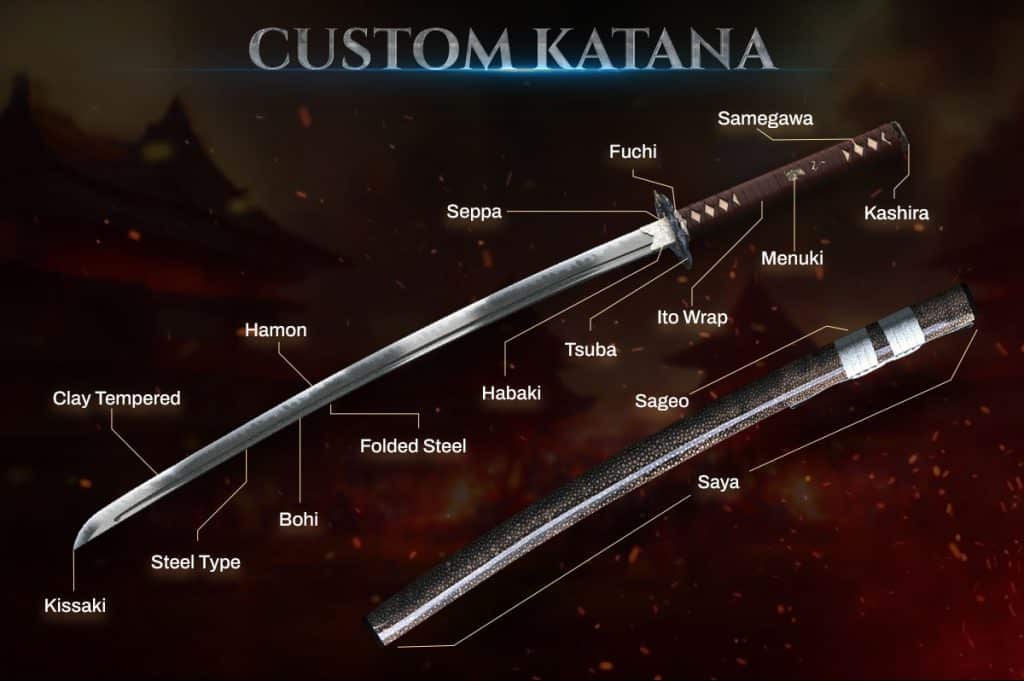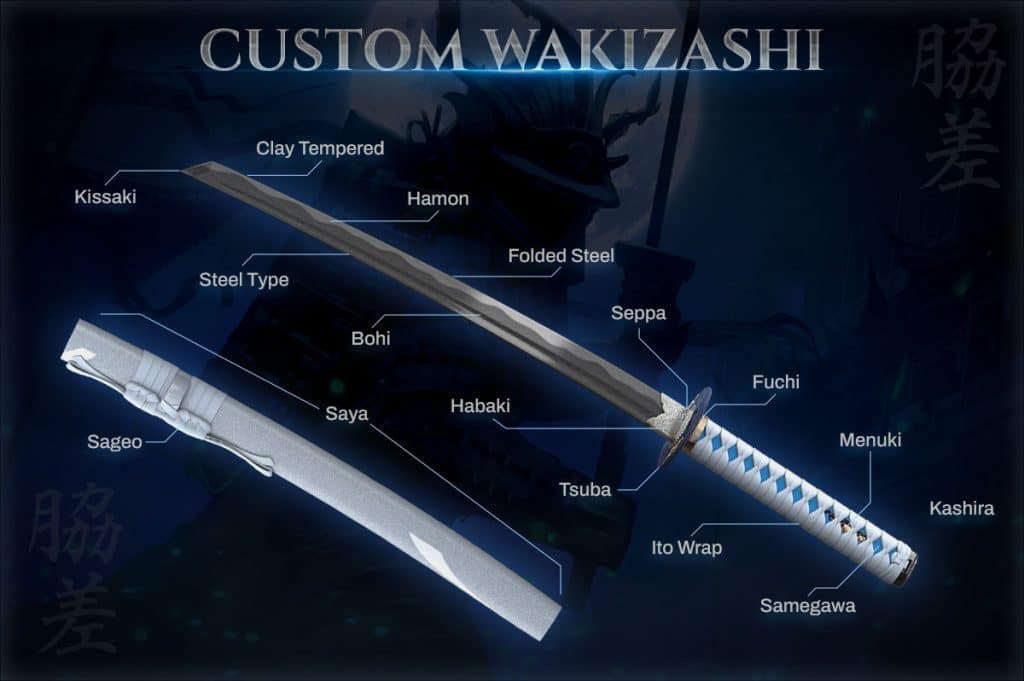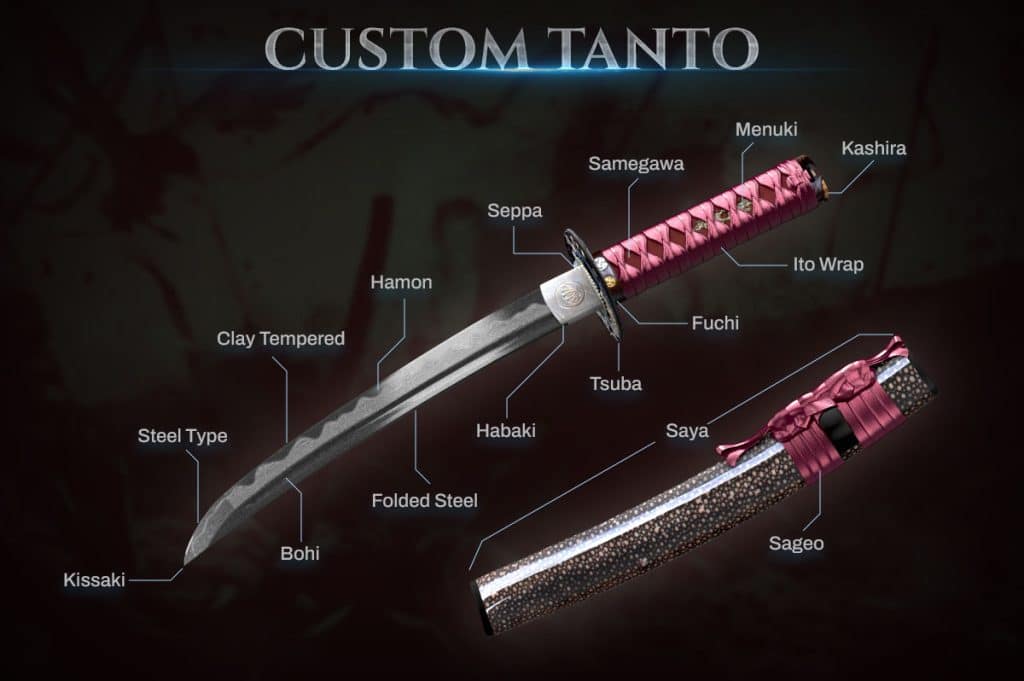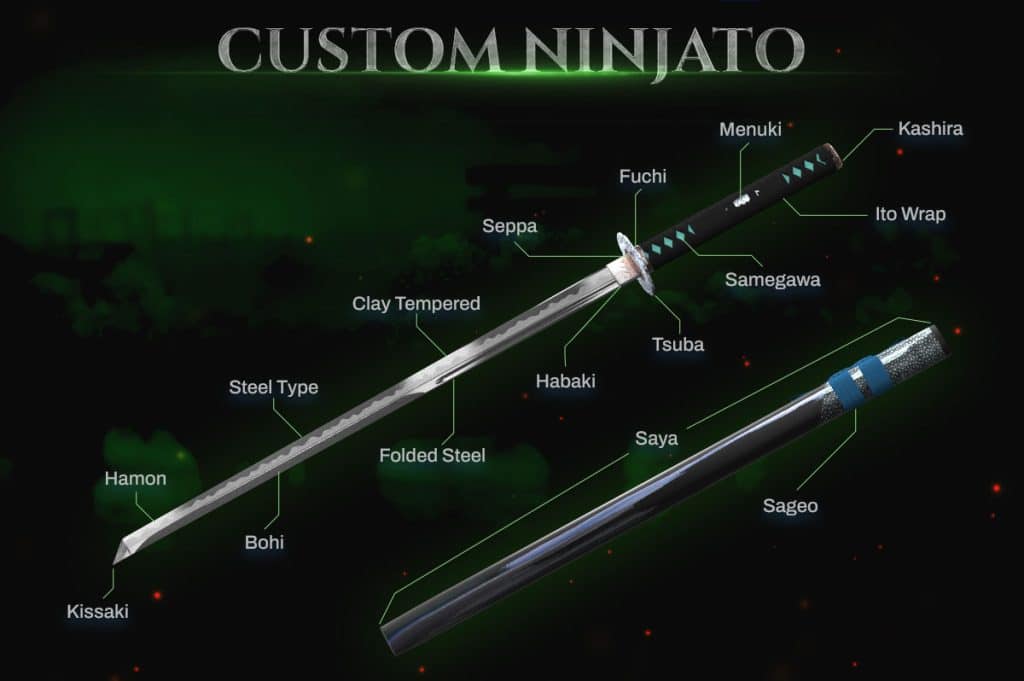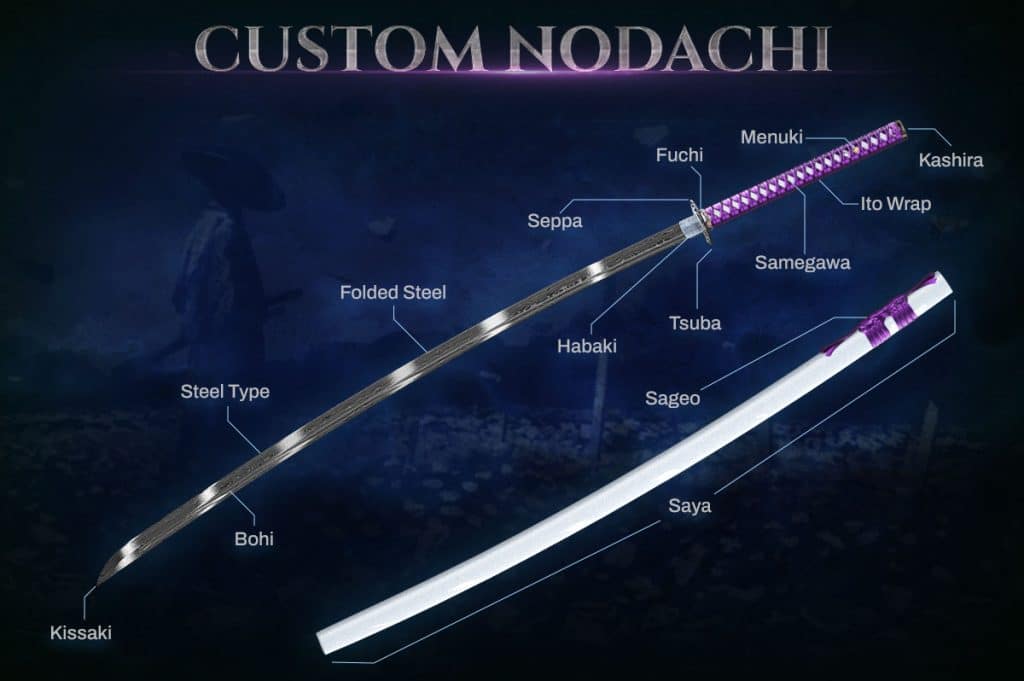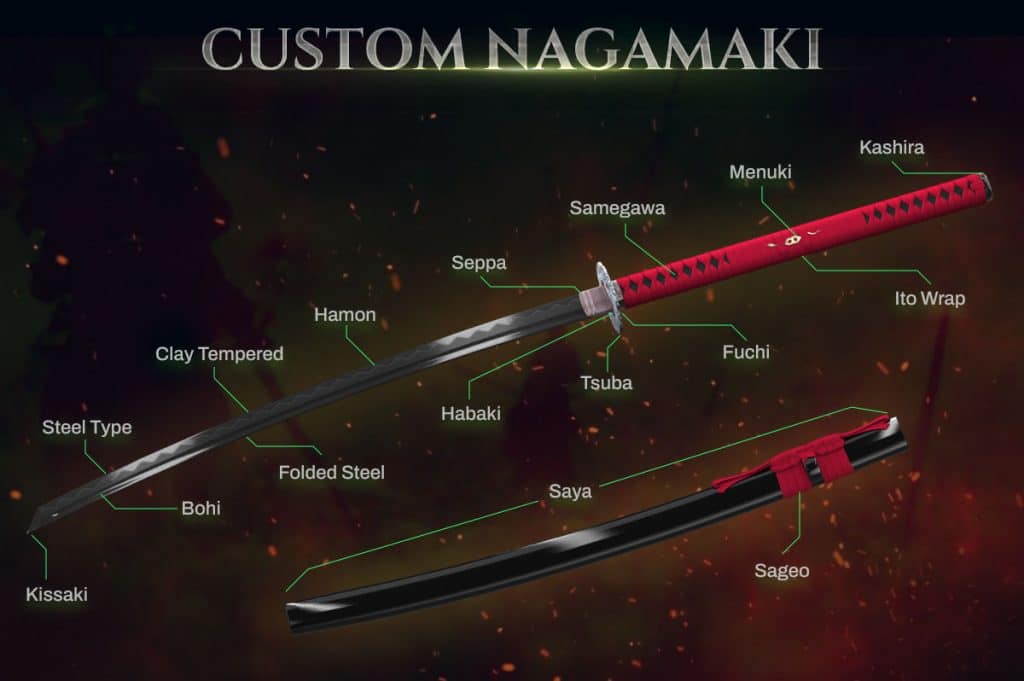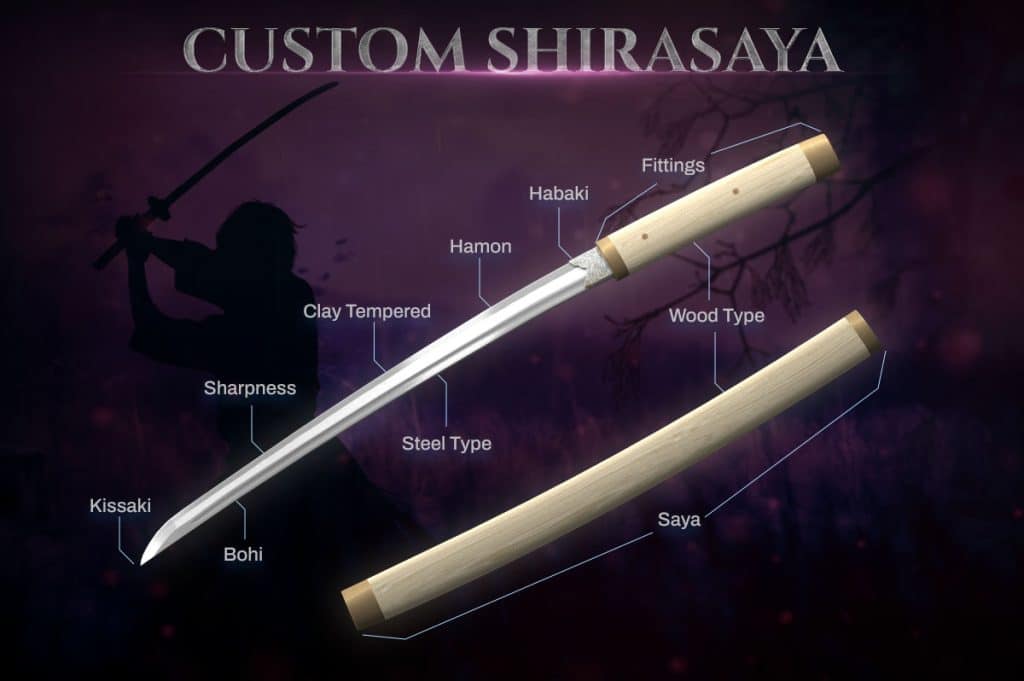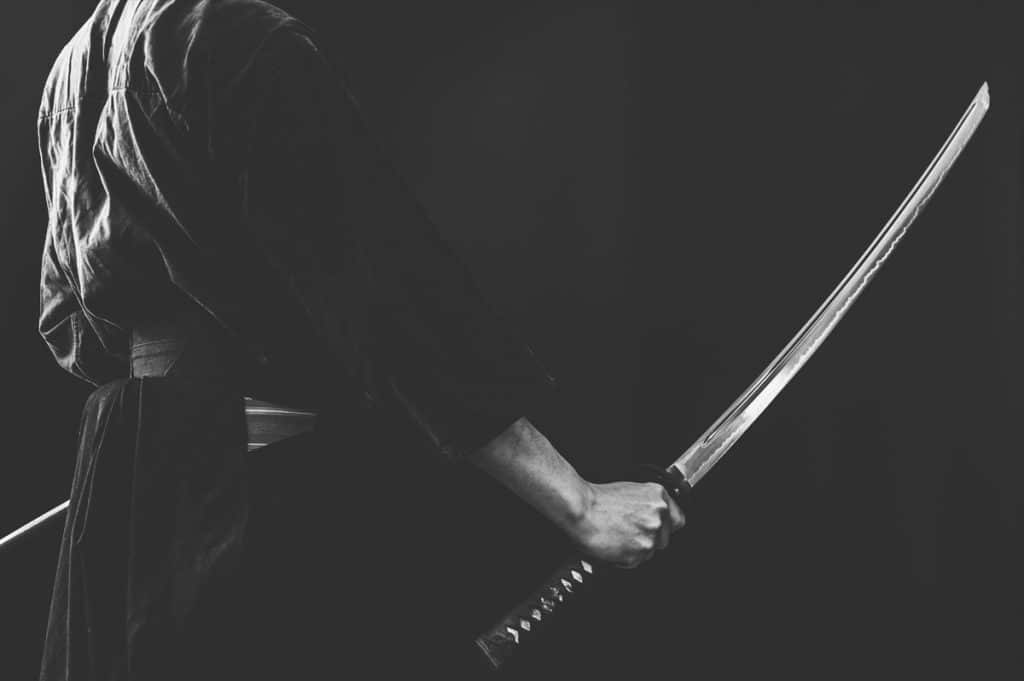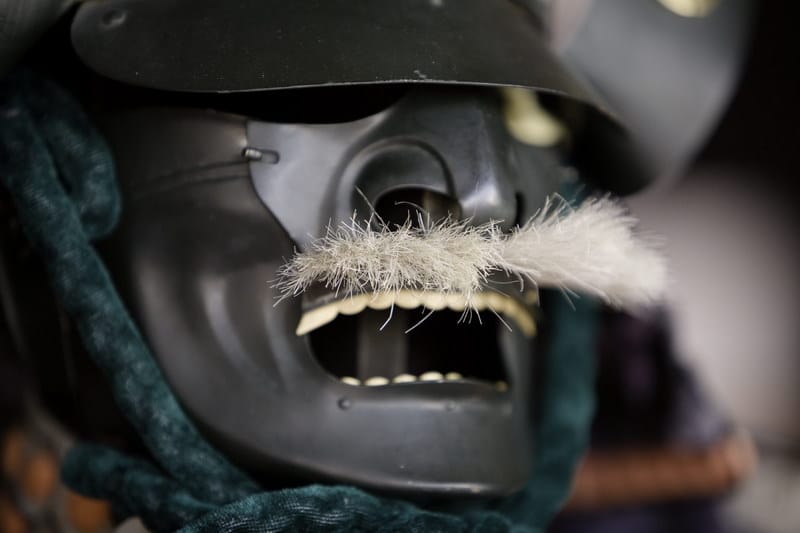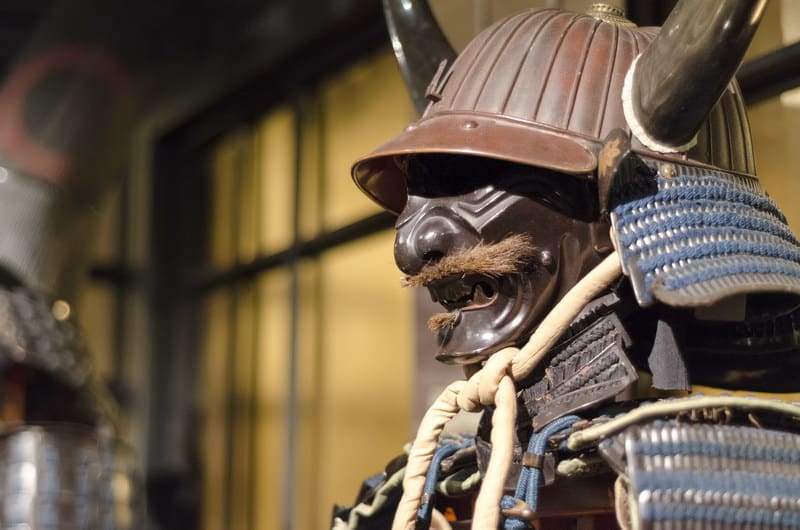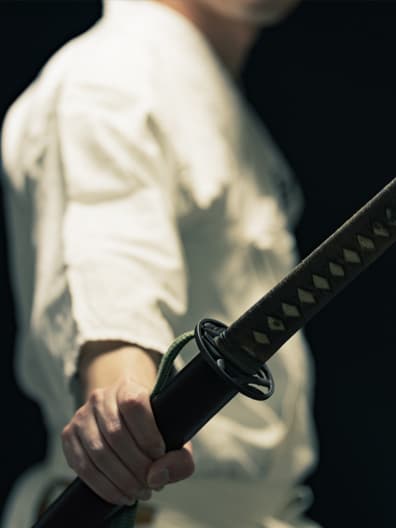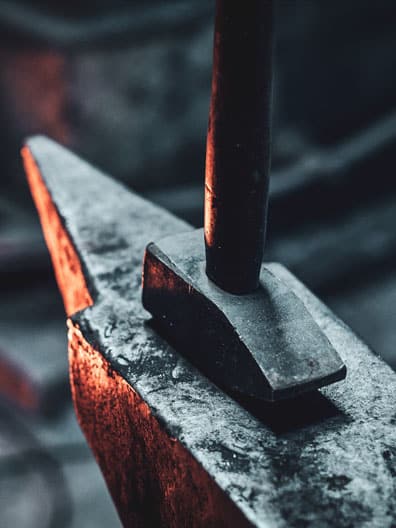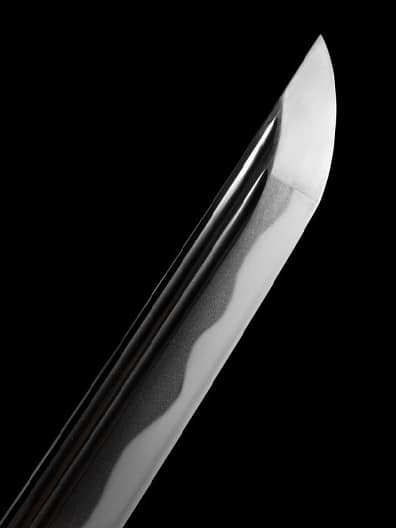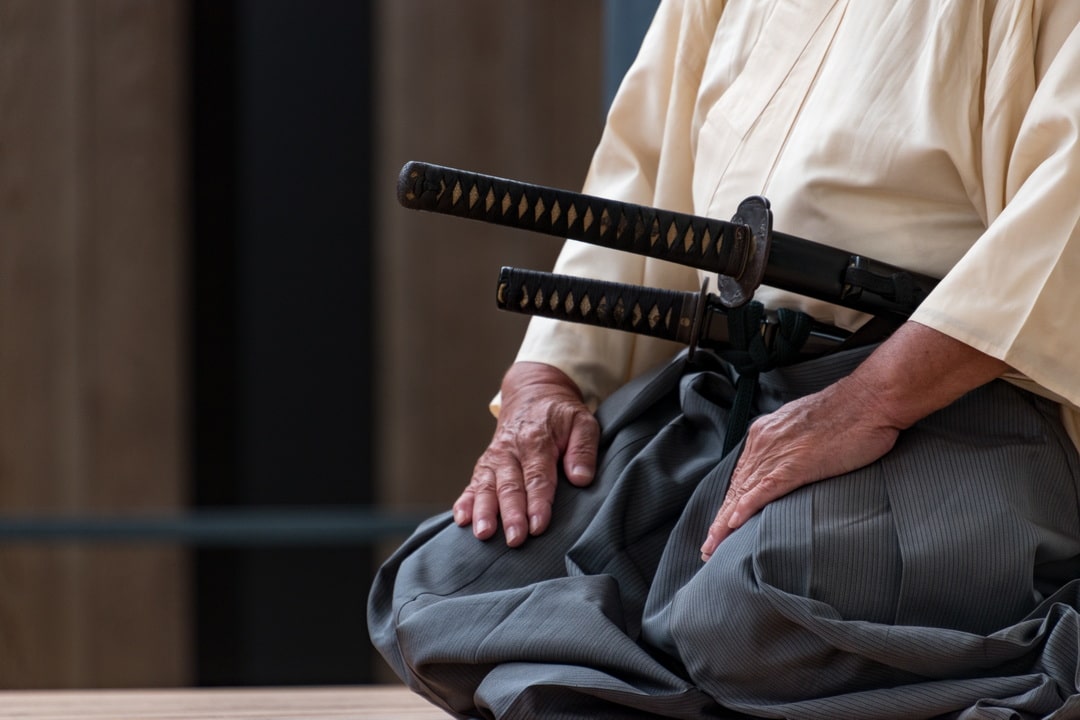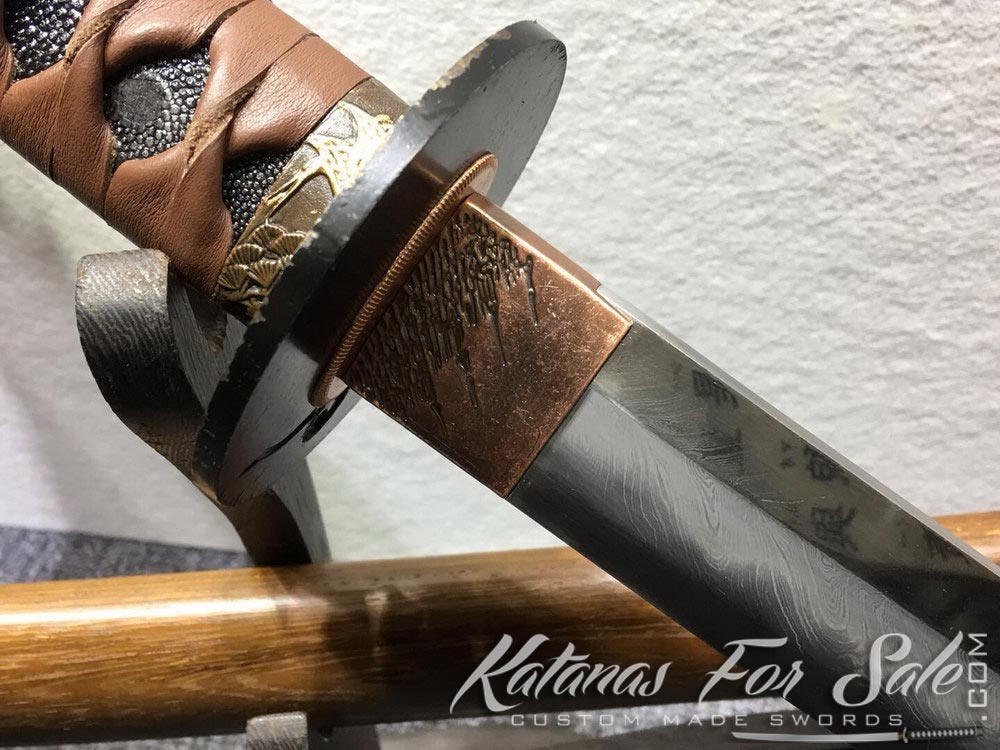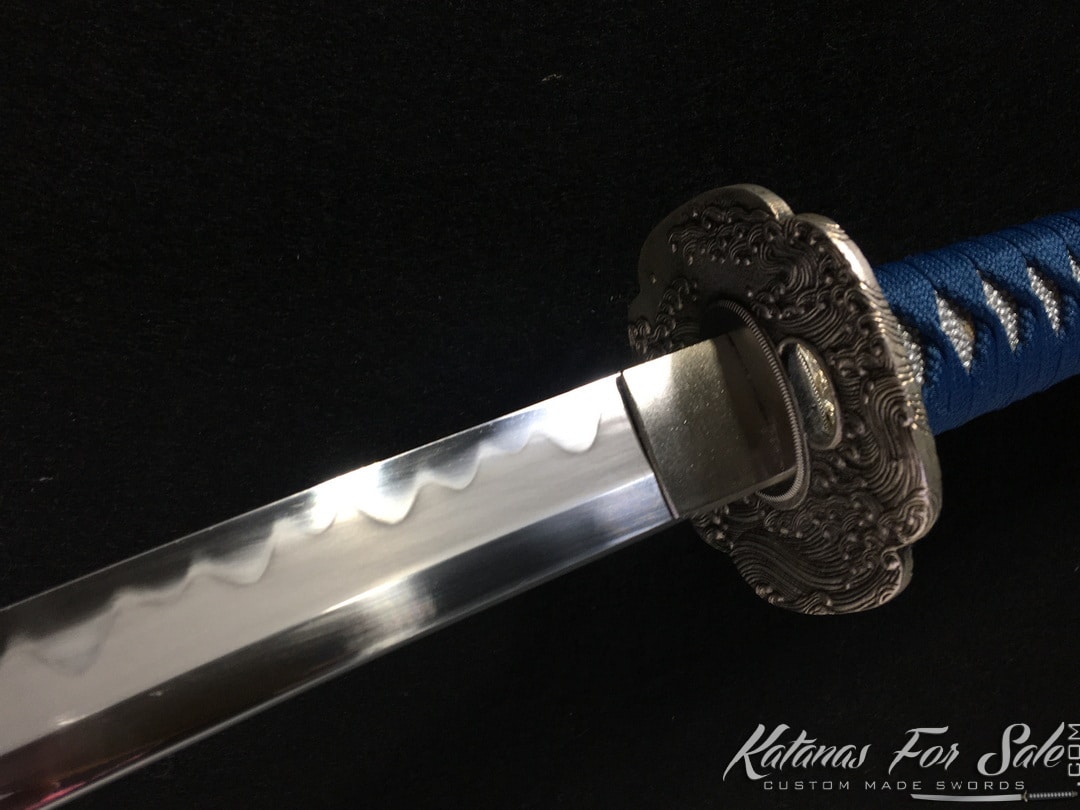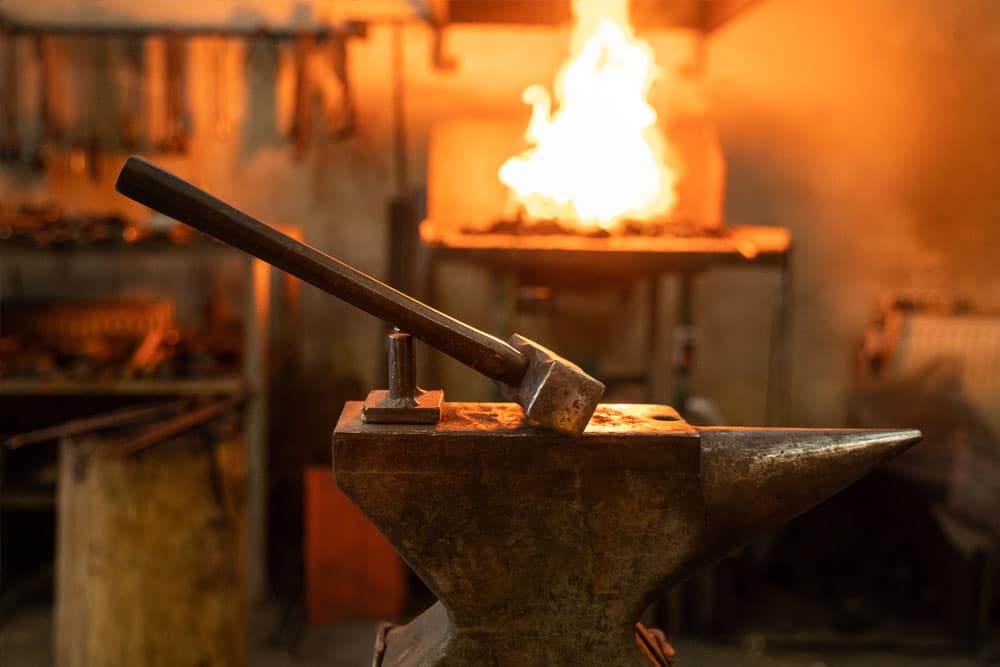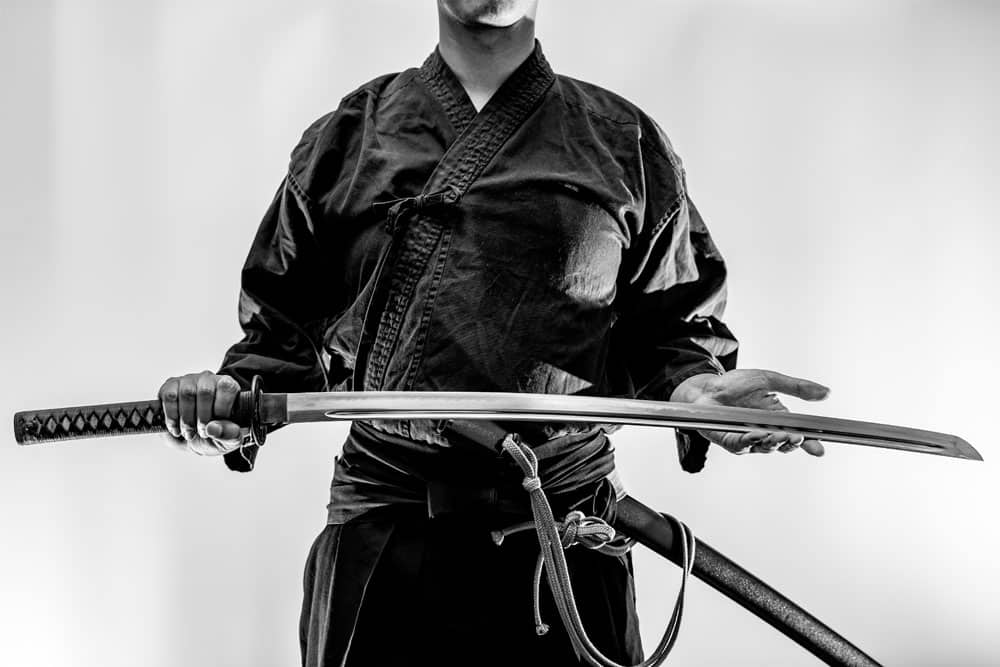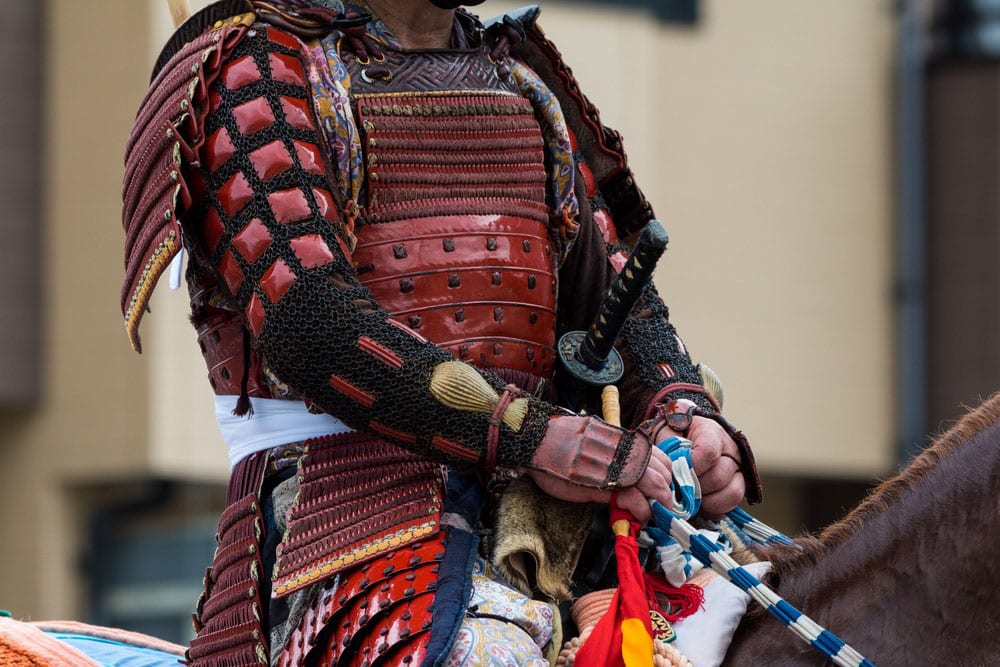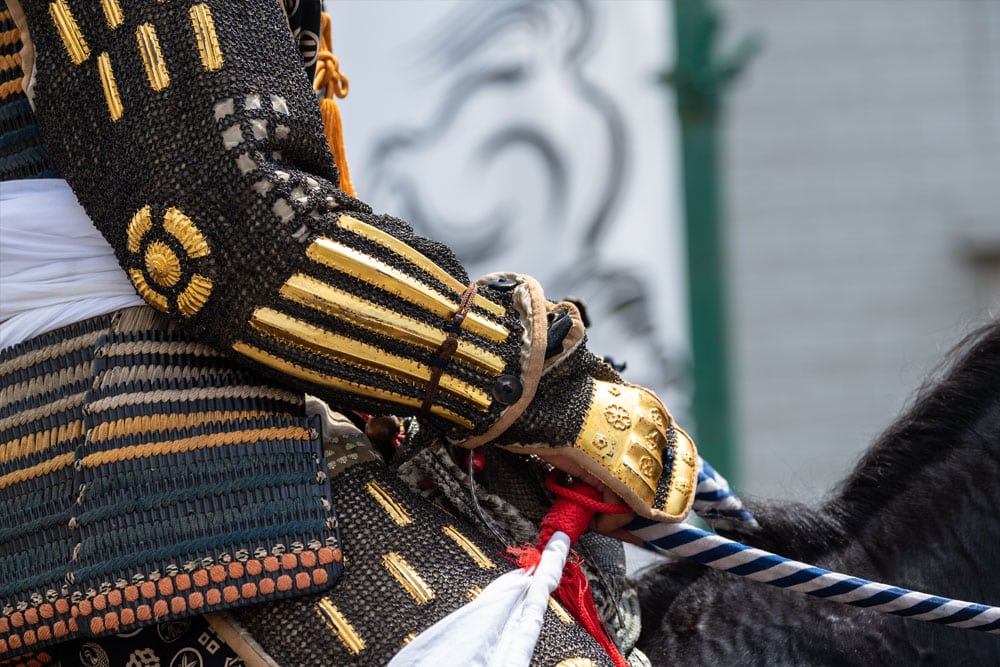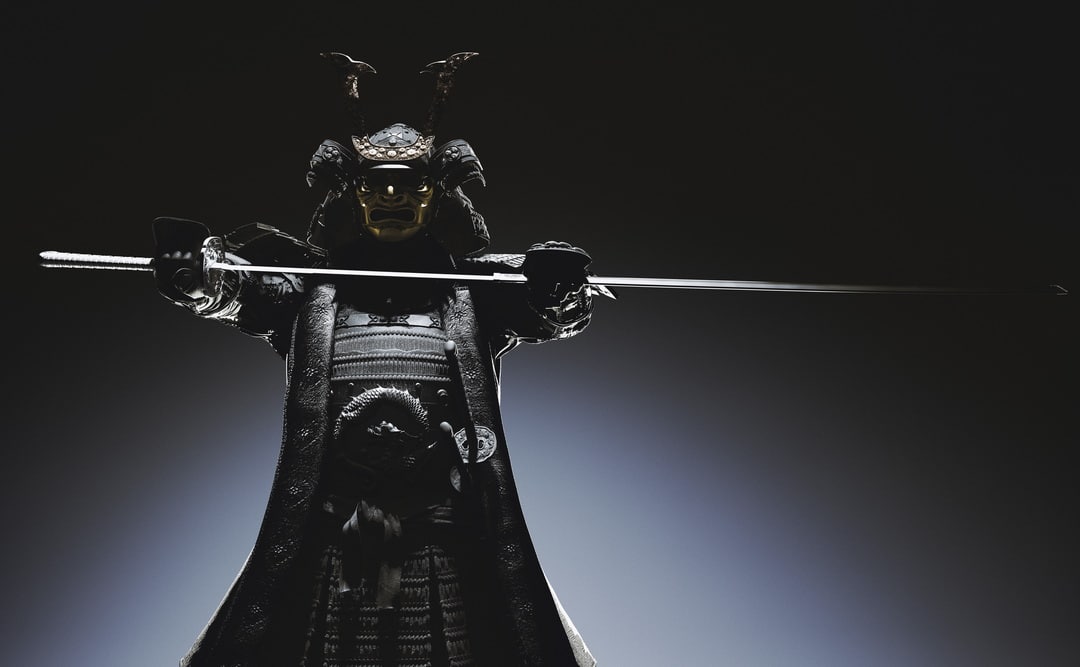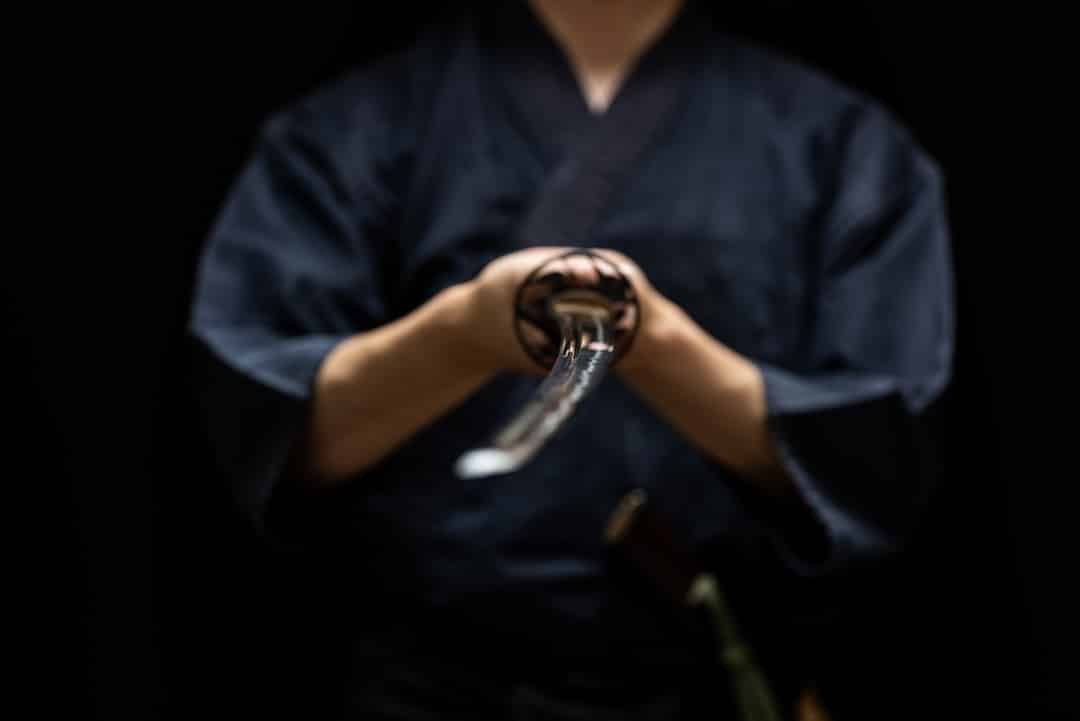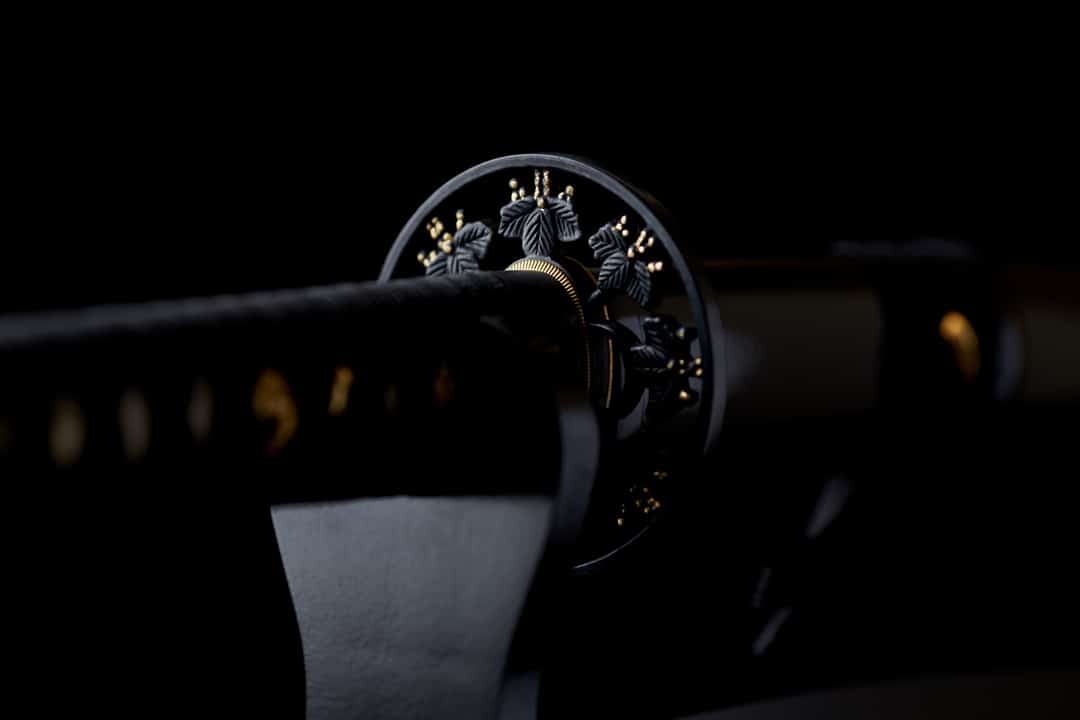Sword Engraving
Blade Coloring
Custom Size
Full Tang Katana
Clay Tempered Katana
Folded Steel
What is Folded Steel?
Dating back to the medieval times, folded steel was the preferred material for sword-making in Japan and the Middle East. And for good reason! The process of creating folded steel involves layering and folding different types of steel, resulting in a stunning and unique pattern known as hada.
But how exactly is folded steel made? Well, it’s not as simple as slapping together a few sheets of metal and calling it a day. The process is a delicate dance of heating, hammering, and folding the steel repeatedly, until it becomes a perfect union of strength and beauty. It’s like the metal equivalent of a musical performance – graceful and precise. The result is a material that’s not only visually stunning, but also incredibly strong.
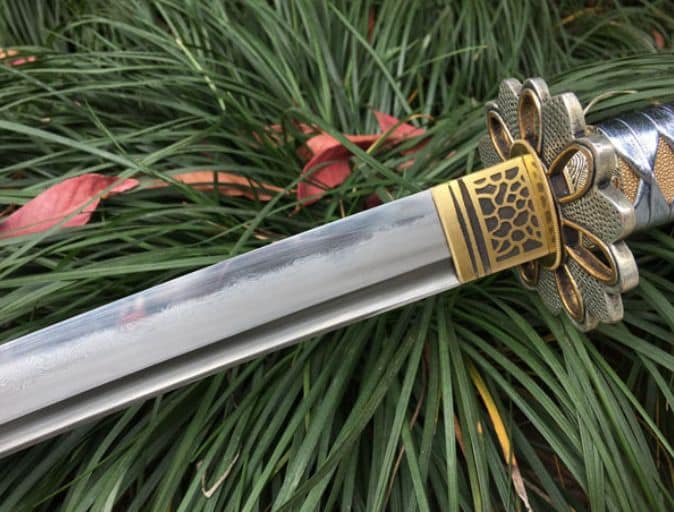
The layers of steel create a pattern that’s not only pleasing to the eye, but also gives the sword its own identity. Folded steel is so loved that it isn’t just limited to swords. It’s also used in knives, jewelry, and even watches!
Why aren’t all swords made of folded steel?
If folded steel is so popular, why don’t we see it more often? Well, like many ancient crafts, it’s a labor-intensive process that takes a lot of time and effort. In today’s fast-paced world, most companies are more focused on mass production and efficiency than the art of creating something truly unique.
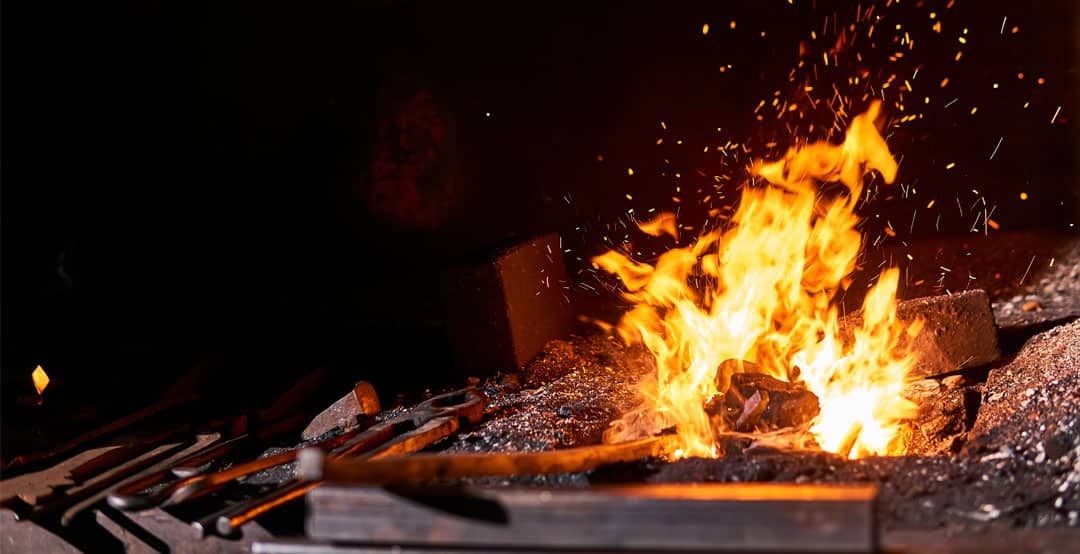
But for those who appreciate the beauty and craftsmanship of folded steel, it’s a material that will never go out of style. It’s a testament to the skill and dedication of the craftsmen who created it centuries ago, and a reminder that sometimes, the best things in life are the ones that take a little extra time and effort.
Origins and myths of folded steel
One of the most fascinating aspects of folded steel is the mystery that surrounds its creation. While we know the basic process of layering and folding the steel, many of the techniques and methods used by ancient craftsmen got lost in time. However, we know how to replicate the most popular ancient methods because they were properly documented.
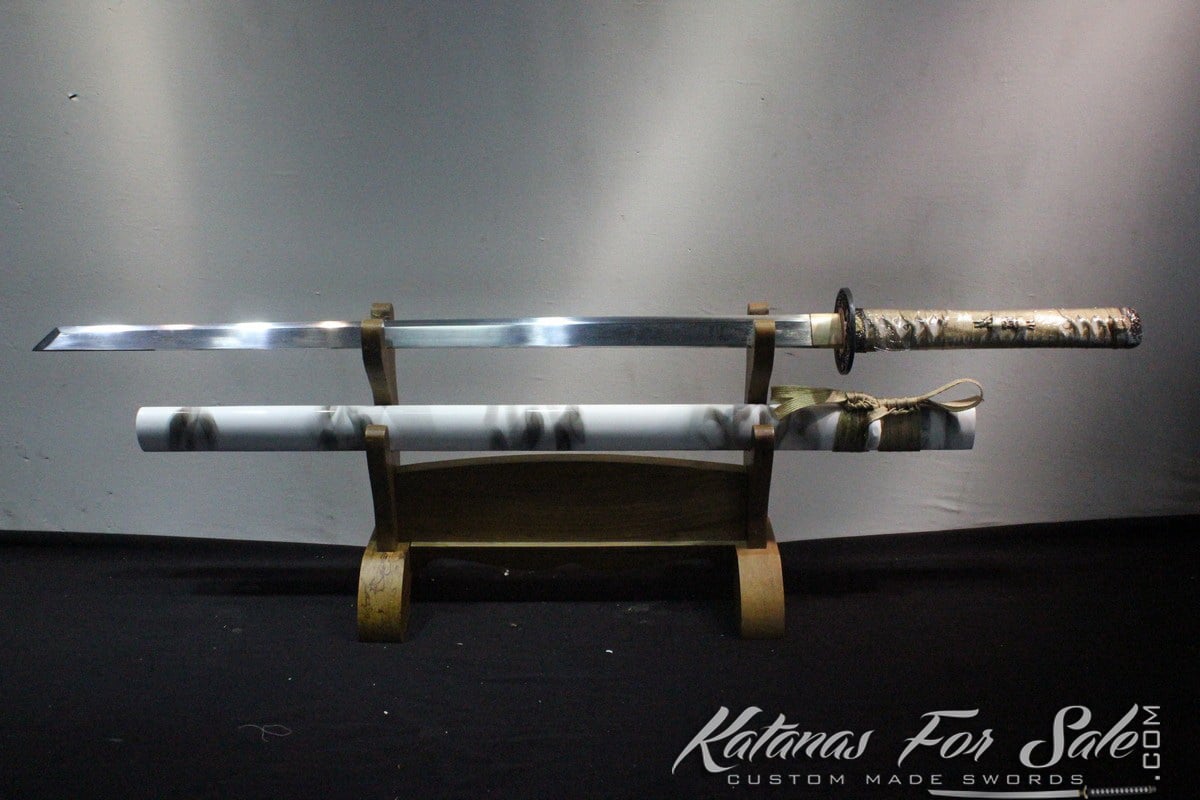
And let’s not forget the legends and myths surrounding Damascus steel. One such legend is that swords made of Damascus steel could cut through other swords and even rocks with ease. Back then, swords made of Damascus steel were renowned for their sharpness and strength. Today, however, we know that’s just a myth and this type of steel doesn’t make the sword stronger in any way.
Folded steel in Japan
While folded steel has been used in many cultures throughout history, it’s perhaps most closely associated with Japan. And when it comes to sword-making, no one does it better than the Japanese.
The art of Japanese sword-making dates back over a thousand years. It’s a craft that’s steeped in tradition and ritual, with each step of the process carefully honed over centuries. From the selection of the steel to the forging and polishing, every aspect of sword-making in Japan is done with meticulous attention to detail.
But it’s not just the technical aspects of Japanese sword-making that make it so special. It’s also the cultural significance of the folded steel katana. In Japan, the katana was more than just a weapon – it’s a symbol of honor, duty, and tradition. Samurai warriors prized their katanas above all else, and the swords were often passed down from generation to generation as family heirlooms.
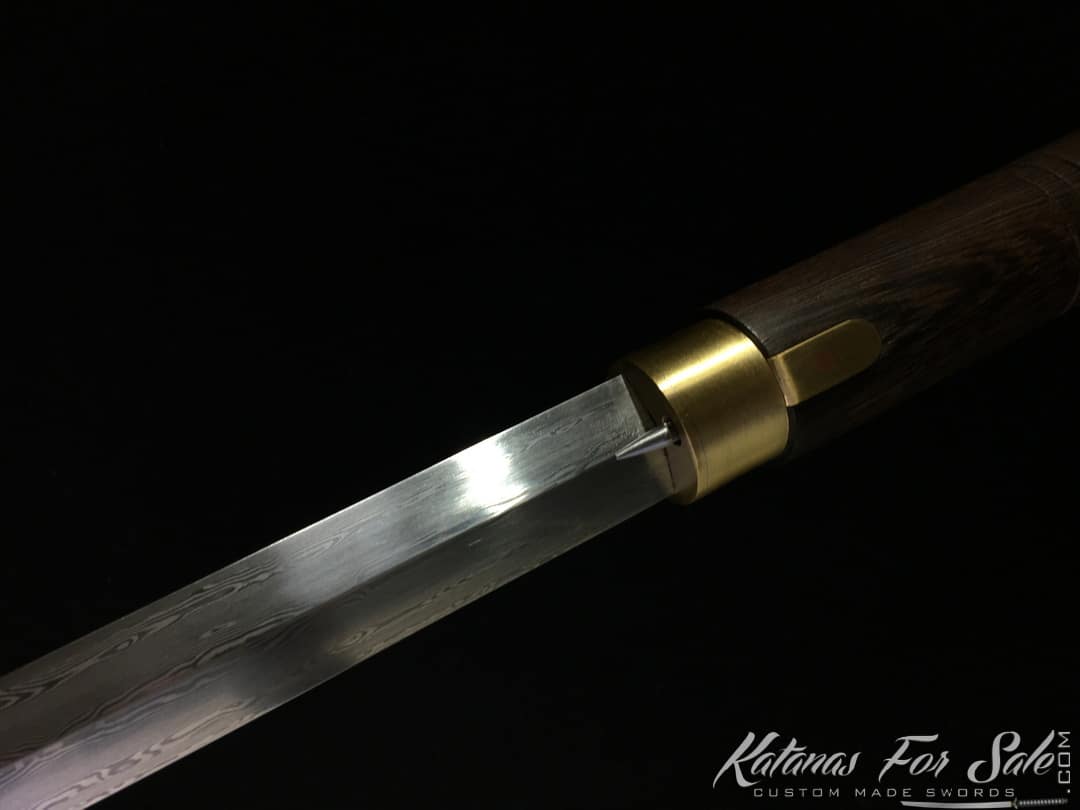
Today, the art of Japanese sword-making continues, albeit on a much smaller scale. There are only a handful of craftsmen in Japan who still make swords using traditional methods, and it’s a craft that requires years of apprenticeship and training. But for those who are passionate about the art and history of sword-making, the effort is worth it.
Folded Steel Katanas
The katana is a long, curved sword that’s known for its sharpness, strength, and beauty. It’s a weapon that’s steeped in Japanese history and culture, and has become a symbol of honor, courage, and discipline.
Samurai warriors of old considered their katanas to be an extension of their own bodies, and would often name their swords and treat them with great reverence.
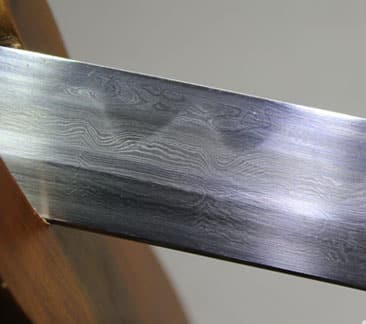
Back then, folded steel katanas were the result of processes performed to get rid of the impurities in the steel. The blacksmith would fold the steel and hammer it again and again, sending impurities flying in the process, and creating a sturdy weapon.
As we mentioned before, today a folded steel katana is not necessarily stronger than a normal katana. However, it is an authentic work of art. The hada patterns that run along the steel are like the sword’s fingerprint, making it unique and different from anything else.
But it’s not just the beauty of folded steel that makes it so special. It’s also the connection to history and tradition. When you hold a folded steel katana, you’re holding a piece of the past —- a link to the craftsmen who created it centuries ago. It’s a reminder of the human ingenuity and skill that has been passed down through the ages.
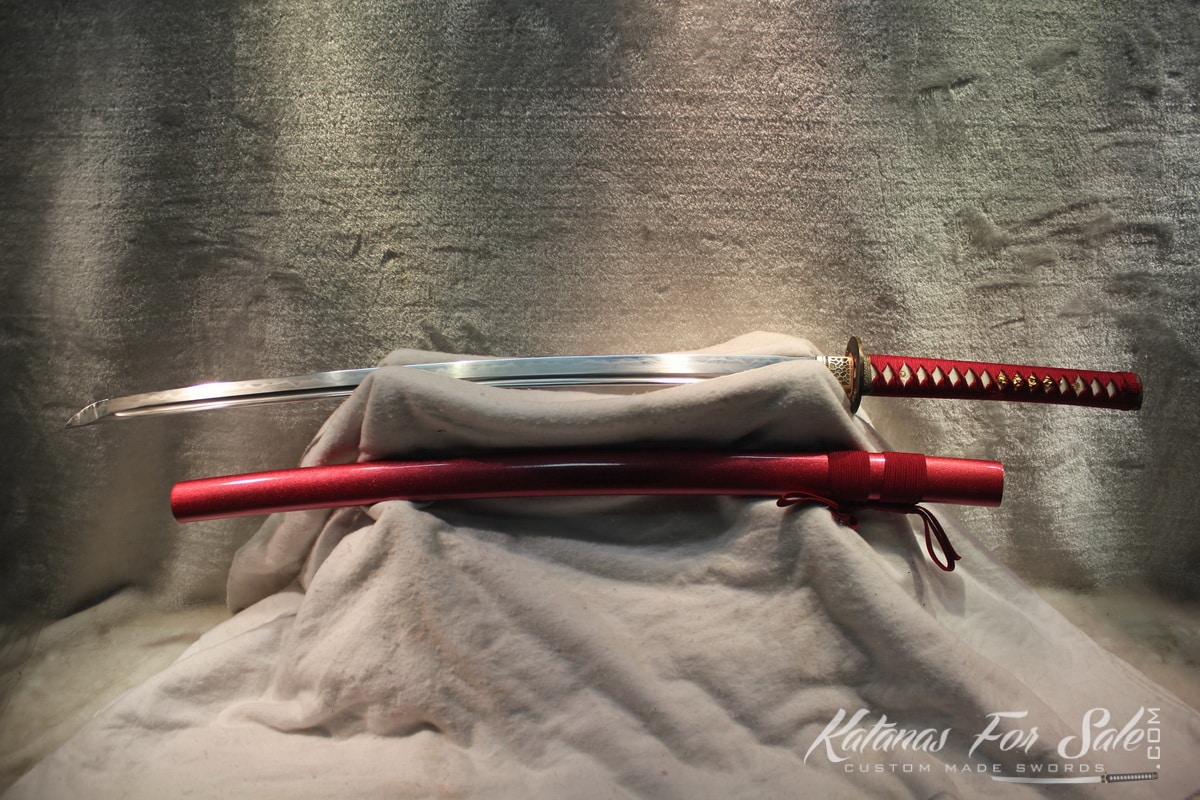
In a world where everything is mass-produced and disposable, folded steel is a breath of fresh air. It’s a reminder that sometimes, the best things in life are the ones that take time and effort to create. So next time you’re in the market for a new sword, consider investing in one made of folded steel. Not only will you be getting a high-quality, durable product, but you’ll also be supporting an ancient craft that’s still alive and well today.

